Cosmos
Tools for Possibilities: issue no. 41
Once a week we’ll send out a page from Cool Tools: A Catalog of Possibilities. The tools might be outdated or obsolete, but the possibilities they inspire are new. Sign up here to get Tools for Possibilities a week early in your inbox.
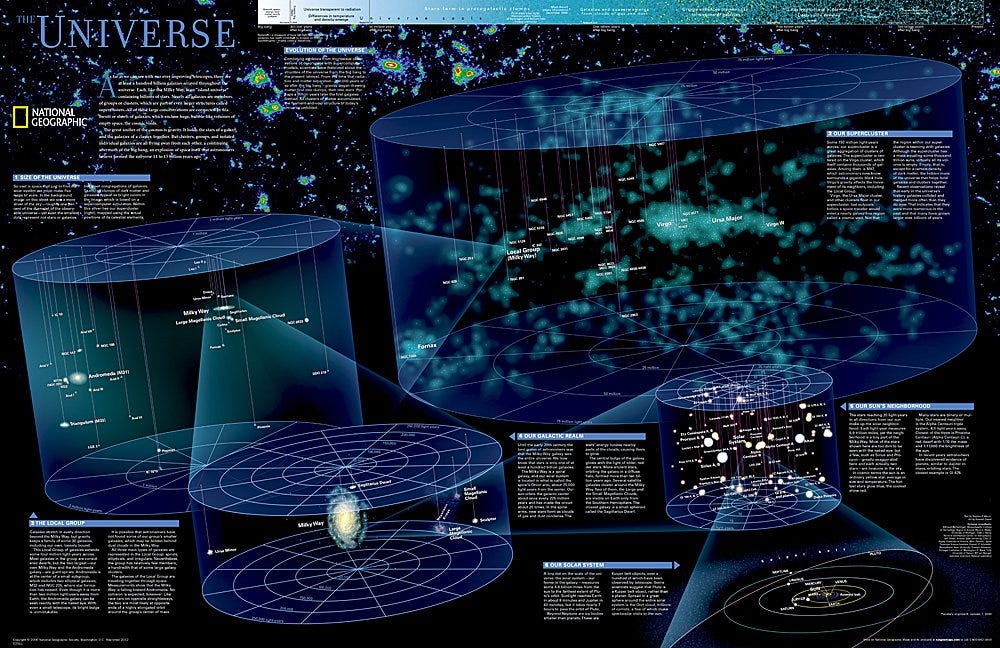
Picture of everything
The first modern map of the known universe. Spacey. Trippy. An ingenious design locates our habitat in the very grand order of things. — KK
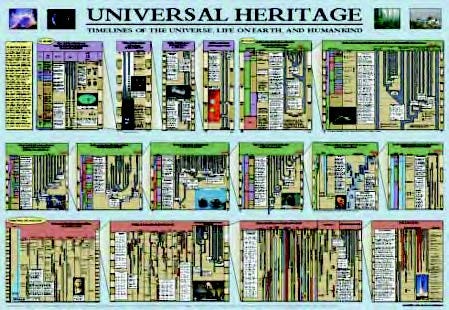
Timeline of the universe and everything
This chart rewards careful study. Inspect one timeline of the universe from the Big Bang to yesterday. It skips through this vast scale in 16 jumps, each period nested inside the preceding epic. Combined here is cosmic history, geological history, biological history and cultural history into one unified, universal snapshot of the Great Story. — KK
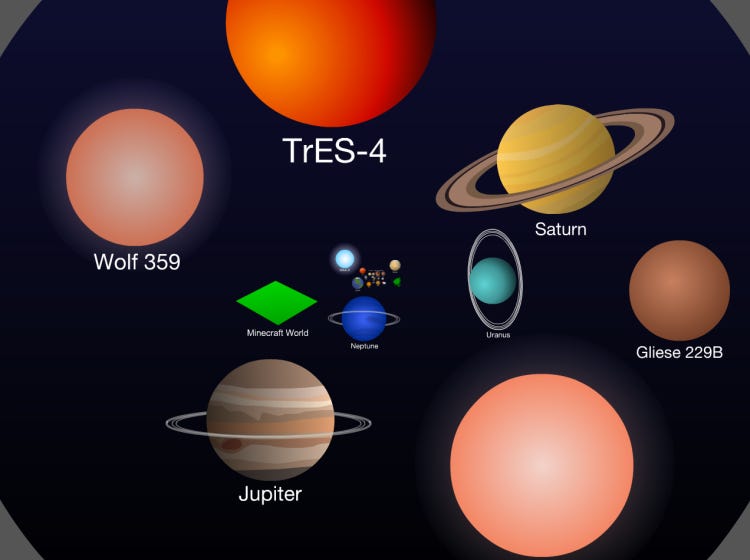
Understanding scale
This is a cool tool for comprehending, appreciating, and demonstrating the scale of our universe. I used to recommend Charles and Ray Eames‘ classic film, Powers of Ten, as the best way to get a sense of our cosmos. It’s still effective, but two bothers have made an on-line portal that blows Powers of Ten away.
Check out The Scale of the Universe 2. It takes a minute to load. Once ready, be prepared to have your horizons stretched. I like the way they pile in the expected and unexpected size examples, which anchor the scale in a refreshing way. The continuous zoom is what makes this device work, rather than the quantum powers of ten of the film. (In fact you can read off the powers of ten in this model as well.) And the fact that you drive the slider. And like anytime you drive, you get a better sense of the place than you do as a mere passenger.
For the first time, I really got a visceral sense of our place in the universe. As many have noted before (but none have explained) we — our visible bodies — are located approximately in the middle of the universe’s size range. The largest things we know and the smallest things we know are roughly the same magnitude away from us.
And BTW, this app is what electronic “publishing” is really about. — KK
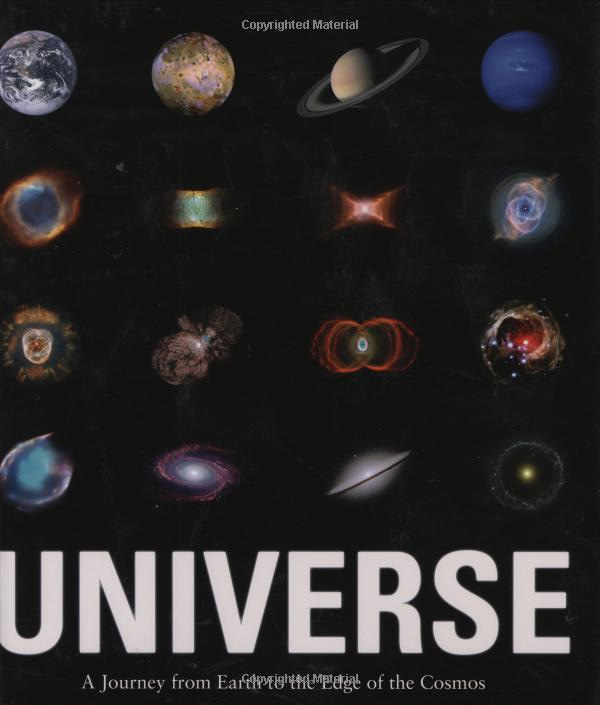
Here we are
So far this is my favorite one-volume gallery of the other inhabitants in our universe. Organized by ascending distance from us, it includes portraits of known planets, remarkable stars, flamboyant nebula, and outstanding galaxies. Better than any other atlas, or map, or online source, this book gives you a really good picture of this place called the universe. — KK
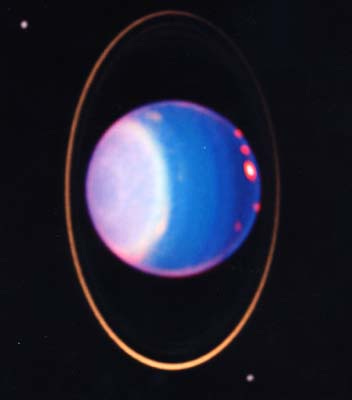
- Uranus
Planet
163 light minutes
Uranus’ northern hemisphere is emerging from the grip of a long, dark, winter. Winters on Uranus are compounded by the fact that at the poles the Sun does not rise for 21 years as a consequence of the planet’s extreme axial tilt. As sunlight returns, the frigid atmosphere warms stirring spring storms that blow bright clouds of crystallized methane before them at up to 420 kph (260 mph).
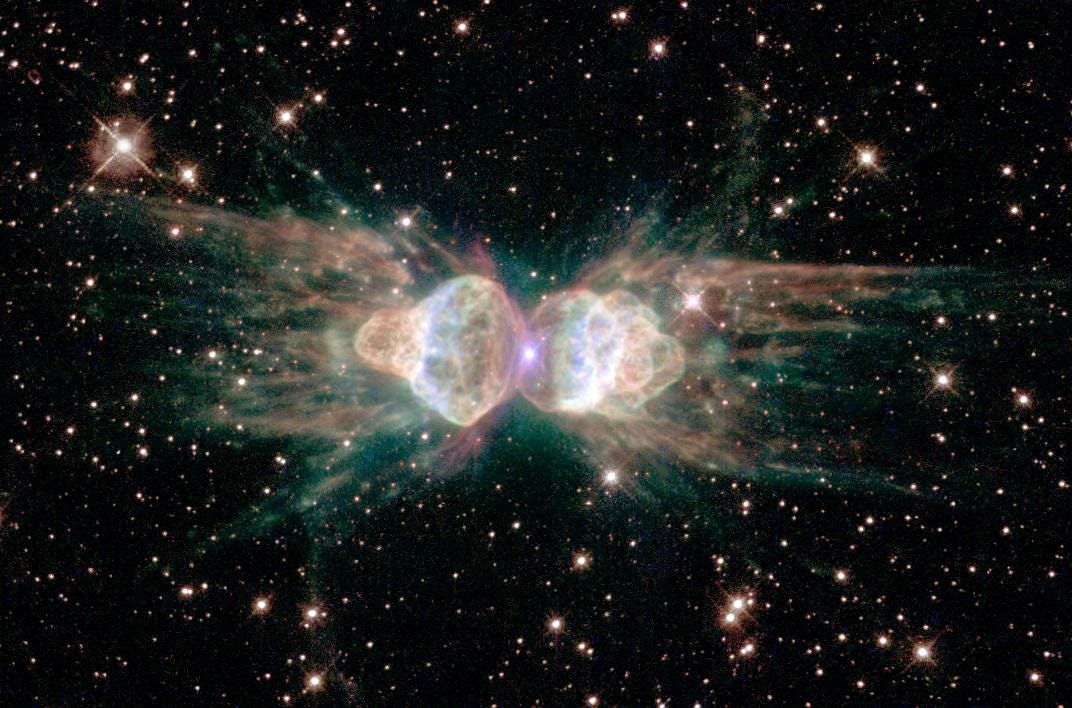
- Ant Nebula Mz3
Planetary nebula
3 thousand light years
Another addition to our menagerie of dying stars is this light-year-sized stellar insect. No common-or-garden variety of nebula, this creature surpasses all its cousins by producing a record breaking 3.6 million kph (2.1 million mph) outflow of charged particles. Such is the spectacular diversity of planetary nebulae, one might be forgiven for eagerly anticipating our own Sun’s demise. - Eskimo Nebula NGC2392
Planetary nebula
5 thousand light years
This Eskimo’s parka disguises another bipolar planetary nebula. Its second lobe is concealed directly behind this one – we are viewing the nebula edge on. The parka’s orange fur trim is though to be formed by slow-moving globules of gas streaming in an eroding flow of faster-moving material. And it is moving quickly: this Eskimo’s hood is growing at 1.5 million kph (900,000 mph).






